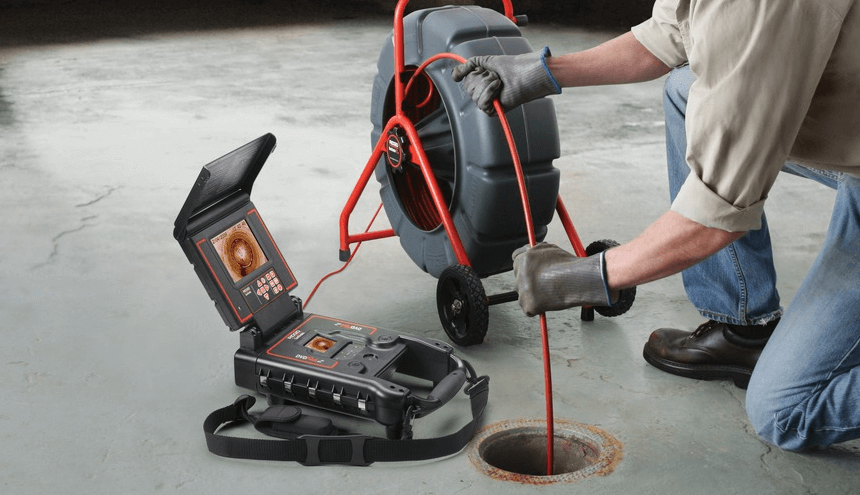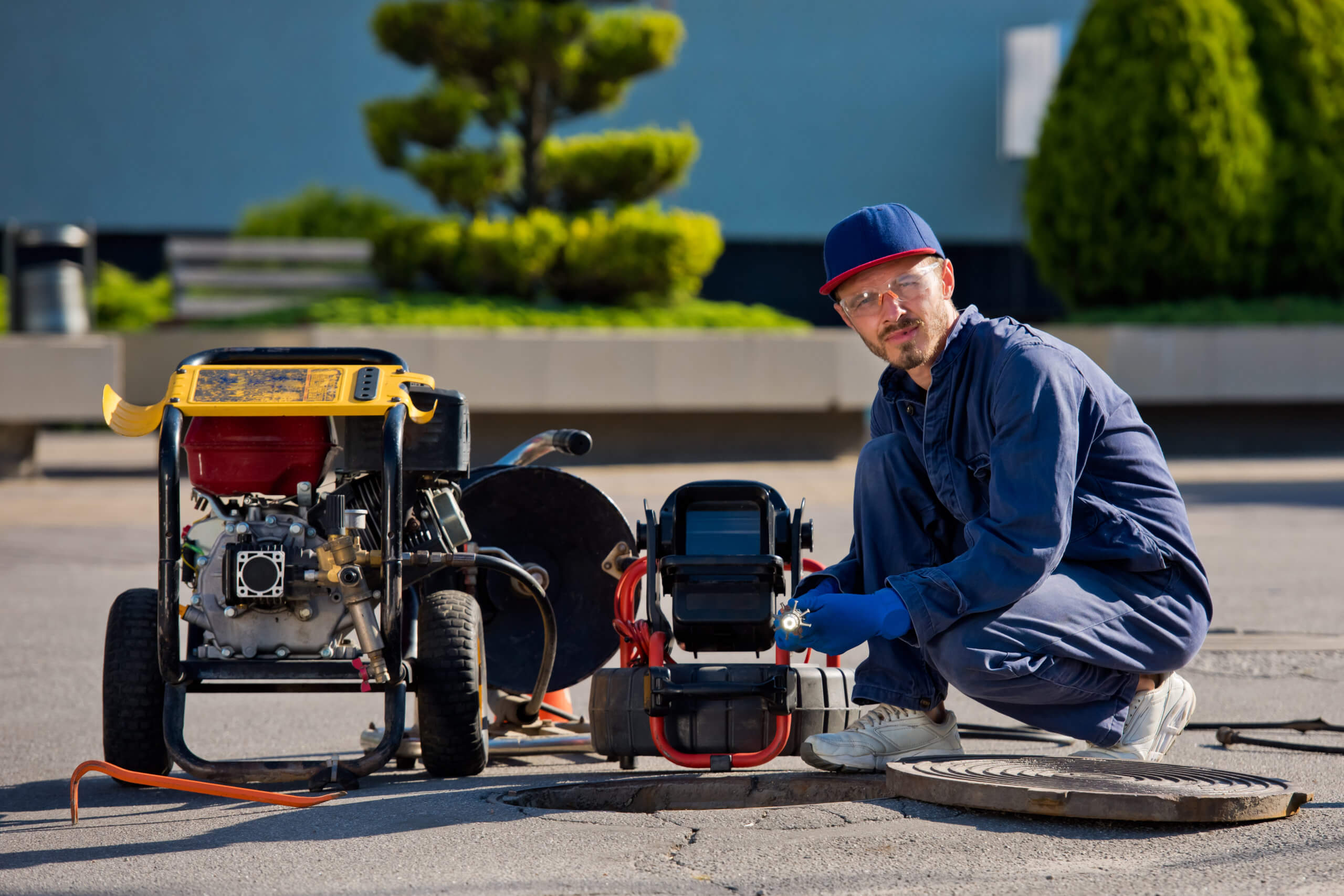Why Normal Sewer Line Inspection CT is Essential for Homeowners
Why Normal Sewer Line Inspection CT is Essential for Homeowners
Blog Article
Usual Sewage System Line Troubles and Their Solutions: A Homeowner's Handbook

Tree Root Intrusions
Tree root breaches are a significant and usual problem influencing sewage system lines. Drain pipes, particularly older ones made of clay or various other permeable materials, provide an eye-catching target.
Normal assessments using video clip cam technology can identify root existence before it becomes a severe problem. For a more irreversible remedy, chemical root awesomes can be used to prevent further growth within the pipelines. In extreme situations, pipe relining or substitute might be required to restore the stability of the sewage system line.
Carrying out safety nets, such as growing trees away from drain lines and utilizing origin obstacles, can decrease the threat of future breaches, consequently guarding the functionality of your drain system.
Pipeline Deterioration
Rust in sewer pipes is a prevalent concern that can badly endanger the stability and performance of a sewer system. Usually happening in steel pipelines, such as cast iron or galvanized steel, rust arise from long term exposure to wetness, chemicals, and other destructive representatives discovered in wastewater. In time, this procedure damages the pipeline walls, bring about leaks, breaks, and at some point, pipe failing.
The main types of pipeline deterioration include uniform deterioration, where the whole surface of the pipeline rusts evenly, and localized corrosion, such as pitting or hole corrosion, which influence specific locations of the pipeline. Determining the early indicators of deterioration, such as blemished water or unusual odors, is critical for timely intervention.
Stopping pipe rust involves regular upkeep and inspections. Using safety coverings, making use of corrosion-resistant materials like PVC or polyethylene, and installing cathodic security systems can considerably extend the life expectancy of drain pipes. In situations where deterioration is currently extensive, trenchless pipe recovery techniques, such as pipe lining or pipeline bursting, offer efficient options without the demand for substantial excavation. Inevitably, positive management and prompt fixings are important to alleviate the harmful impacts of pipeline rust on sewer systems.
Obstructions and blockages
Obstructions and blockages are among one of the most usual and turbulent issues influencing sewer lines. These obstructions can emerge from a range of resources, including the accumulation of particles such as oil, hair, and food particles, in addition to the invasion of tree origins looking for dampness. Over time, these materials accumulate, tightening the pipeline and at some point causing complete blockages that can trigger wastewater to back up into homes.
Safety nets are necessary for alleviating the risk of blockages. Regular maintenance, such as regular hydro-jetting and making use of enzyme-based cleaners, can help keep pipelines clear of debris. Property owners need to additionally bear in mind what they take care of down their drains pipes; staying clear of oil, coffee premises, and coarse vegetables can dramatically reduce the possibility of clogs.
When clogs do take place, specialist intervention is commonly needed. Plumbings may use a variety of tools, such as augers (additionally called drain snakes) and high-pressure water jets, to break up and remove the obstruction. In much more serious instances, video clip examination devices can be made use of to situate and detect the issue, making sure that the proper solution is applied successfully. Routine examinations and prompt interventions can aid preserve the honesty and capability of sewer lines.
Leaking Sewage System Lines
Beyond obstructions and obstructions, leaking sewage system lines offer a substantial worry navigate to this website for home owners and districts alike. These leakages can result from different elements, including pipe corrosion, moving soil, invasive tree roots, and wear and tear in time. Left unaddressed, leaking sewage system lines can trigger comprehensive residential or commercial property damages, promote mold development, and position serious wellness threats because of the contamination of groundwater and dirt.

Repair approaches depend upon the seriousness of the leak and the problem of the sewer line. Small leakages might be resolved with trenchless repair work techniques, such as pipe lining or pipeline bursting, which are less invasive and quicker to complete. In more severe cases, traditional excavation and replacement of the affected pipe area might be essential. Consulting with a certified plumbing technician guarantees an exact medical diagnosis and suitable option to mitigate the issue properly.
Sewer Line Bellies
When it concerns sewer line concerns, one particularly challenging trouble is the formation of sewage system line tummies. A sewer line stubborn belly takes place when a section of the pipeline sags or dips, creating a reduced area where waste and debris can accumulate. This can cause reduce water drainage, persisting blockages, and possible damage to the pipeline gradually.
The reasons for sewer line bellies are varied. Poor installment practices, dirt disintegration, ground settling, or shifts as a result of temperature level adjustments can all contribute to the formation of these sags - sewer line inspection ct. Recognizing a sewage system line stubborn belly generally calls for a professional evaluation making use of a sewage system electronic camera to identify the exact location and extent of the trouble
Resolving a drain line belly commonly entails excavation to reach the damaged pipe section. Once accessed, the drooping section may need to be replaced or repositioned to guarantee browse this site correct incline and water drainage. In some cases, trenchless repair work techniques, such as pipeline cellular lining or pipeline bursting, can be employed to reduce disturbance while dealing with the issue.
Preventative steps, including routine assessments and making sure correct installment, can aid minimize the threat of sewer line tummies. House owners must stay vigilant for indicators of water drainage problems and look for specialist help at the very first indication of trouble.
Conclusion
To conclude, dealing with common sewer line problems such as tree origin breaches, pipe rust, obstructions, dripping sewer lines, and sewage system line stubborn bellies is vital for maintaining a efficient and functional system. Early discovery via video clip evaluations and the implementation of both temporary and permanent options can reduce these problems successfully. Normal maintenance techniques, including hydro-jetting and strategic tree placement, more contribute to the avoidance of these problems, therefore making certain the lasting stability of sewer systems.
Rust in sewer pipelines is a widespread problem that can severely compromise the integrity and functionality of a drain system.When it comes to sewage system line concerns, one particularly challenging problem is the development of sewage system line tummies. A sewer line tummy happens when a section of the pipeline droops or dips, producing a reduced spot where waste and particles can gather. Recognizing a drain line belly normally needs a specialist evaluation using a drain electronic camera to pinpoint the exact place and level of the problem.

Report this page